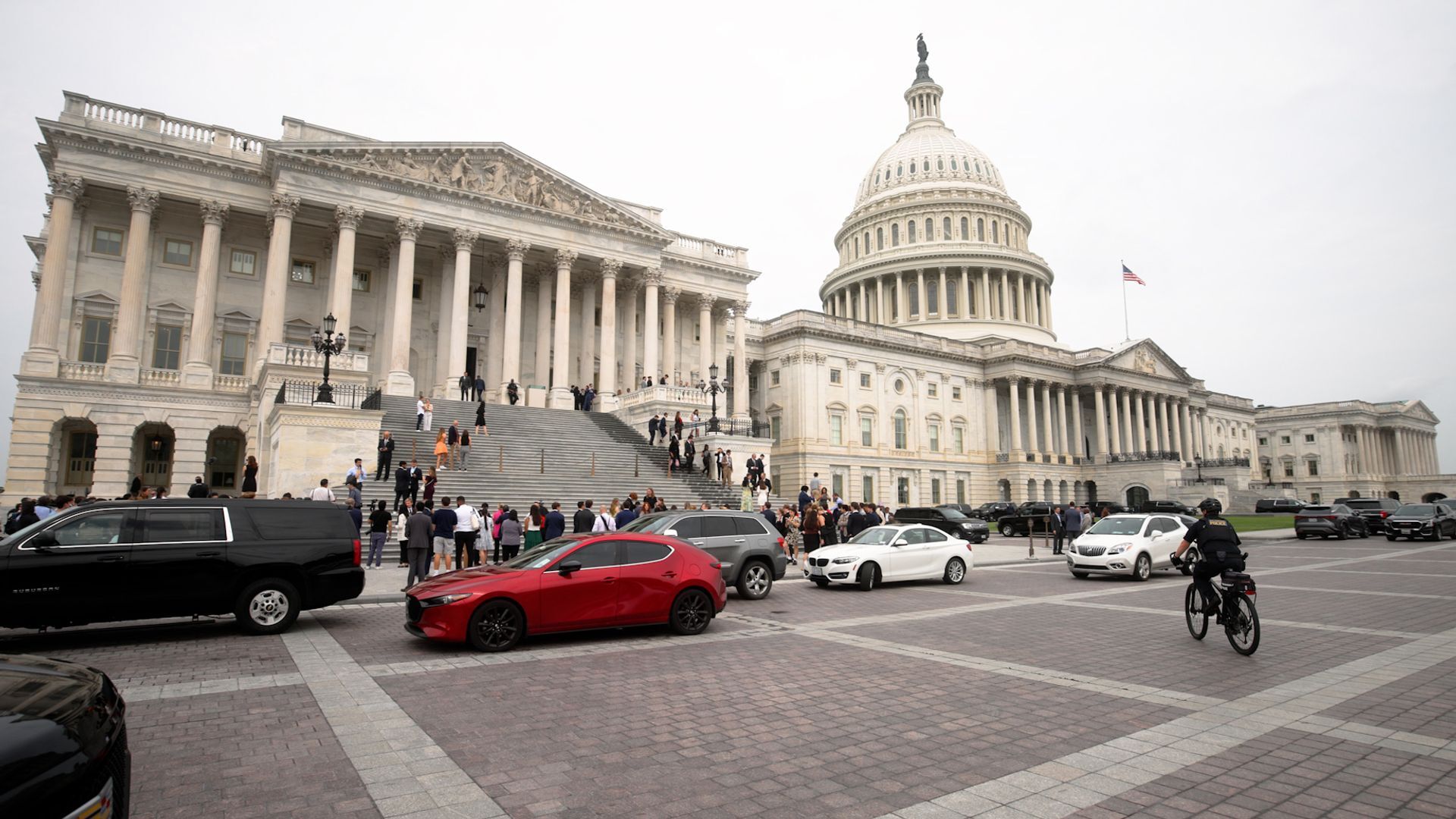
Congress will be out of Washington for the entire month of August when the Senate leaves at the end of the week. The House is already gone. Neither is scheduled to return until September 9.
Congress departs without sending any of the 12 yearly appropriations bills to President Biden’s desk for a signature. When lawmakers return, they’ll have just 15 days to approve government funding, otherwise there will be a shutdown.
Sen. Richard Blumenthal, D-CT: “If history is prologue, we’re going to have a CR. I see very little likelihood of a budget going through before the end of the year, I think we’re destined to have a CR, unfortunately.”
A CR is a continuing resolution, meaning they keep funding everything at current levels. There is bipartisan agreement that CRs negatively impact government operations.
To fully fund the government for an entire year, Congress needs to approve 12 bills that cover each department and agency.
Here’s where each chamber stands.
The House approved five out of the 12 appropriations bills on a party line basis. Republicans slashed funding to a level Senate Democrats would never accept, so the bills are dead on arrival in that chamber.
The Senate Appropriations Committee is working on a bipartisan basis to approve 11 out of the 12 bills before they leave Thursday. None have received a vote by the full chamber. They also added $34 billion in spending that House Republicans oppose.
Lawmakers don’t think they’ll be able to get this done before the 118th Congress comes to a close in December.
That means the work of fully funding the federal government will have to wait until the newly elected President, House and Senate are sworn in in January.
Sen. Thom Tillis, R-N.C.: “I’m not optimistic about it. Getting done this year, we’re in the political silly season, and we only have three Scaramucci left in terms of legislative days.”
Tillis is referring to Anthony Scaramucci who was fired as the White House Communications Director 10 days after he was hired in 2017. Now, extraordinarily short political life cycles are sometimes described as Scaramuccis.
Here’s their schedule.
The Senate comes back September 9th and works for three straight weeks until Senators leave to campaign for the entire month of October. They return in mid-November with 24 days left before they adjourn for good. The new Congress will be sworn in on January 3.
Lawmakers often say elections have consequences, and even though we’re only in July, it’s already clear they’ll experience the effects of their inaction in January 2025.
For more reporting straight from the Capitol, download the straight arrow news app and turn on notifications.











